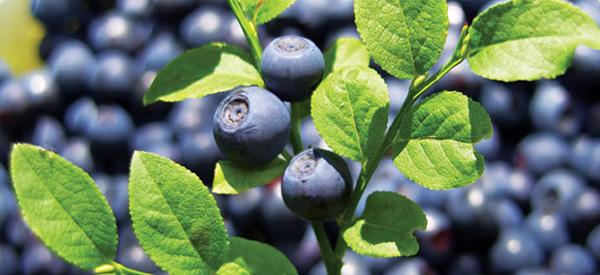
Bilberry
The Bilberry (Vaccinium myrtillus) is part of a large group/genus which includes several berries including Blueberries, Lingenberries, Huckleberries, and Cranberries. Other names include Whim berries and Whortleberries.
One unhelpful popular name that is given to the Bilberry is “European Blueberry”. This adds to the confusion with this plant because it looks like the Blueberry. As a result, it is not uncommon for these two plants to be mistaken for each other.
However, the educated eye can spot the differences and harvest these berries for either eating or use in natural remedies.
The History of Bilberry
There are records of Bilberry being used in Germany as early as the 12th century for bleeding disorders and a respiratory tonic. By the 16th century, this plant was used in Europe for several ailments including scurvy and gastric or intestinal conditions. In 1987 Bilberry extract was officially approved in Germany to treat diarrhea and mouth and throat inflammation.
During World War II, pilots stationed in the UK ate bilberry jam/jelly, which was popular at the time, and reported improved night vision. This was later attributed to the extremely high levels of antioxidants in the fruit that improves capillary blood flow and therefore eyesight, notably night vision.
Currently, it is thought that Bilberries are beneficial for any medical condition that involves inflammation and/or damaged capillaries or blood vessels. However, while some studies have been carried out in the US and elsewhere, further are needed.
Where This Plant is Found
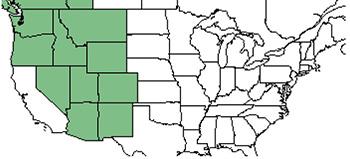 The Bilberry is native to Northern Europe and Asia. This plant favors hilly areas, woodlands, and heath. In addition to growing wild, it is now grown in many locations in Europe, including in the UK, both in gardens and pots or containers.
The Bilberry is native to Northern Europe and Asia. This plant favors hilly areas, woodlands, and heath. In addition to growing wild, it is now grown in many locations in Europe, including in the UK, both in gardens and pots or containers.
How to Identify Bilberry
The Bilberry is a small perennial shrub that grows as low as 16 inches / 41 centimeters or to 3 – 4 feet / 900 centimeters – 1 ¼ meter in height, depending on the variety.
- Leaf: The leaves are oval, bright green, waxy, and have sharp edges.
- Flower: The flowers are bell-shaped and small. The form singly on branches. Buds are pink and the mature blooms become white.
- Branches: The branches are green and have sharp edges.
 Fruit: The spherical fruit or berries are deep purple, even crimson, and are ripe in later summer.
Fruit: The spherical fruit or berries are deep purple, even crimson, and are ripe in later summer.
The blossom end of the berry does not have a strongly furled edge.
The taste is usually tart although some berries are a little sweeter.
More images of the flowers, leaves, and fruit are to be found in the later section titled, “What plant resembles Bilberry?”
How to Grow Bilberry
While the Bilberry may not be native to your area, this shrub has found a home in many gardens or in plant containers. They are not demanding in terms of the environment but are happiest in temperate and subarctic regions. These plants require:
- Acidic soil (pH 5.2 – 6)
- Dappled sun or partial shade
- Well-drained soil
- Lots of water, especially in the first year of growth.
Bilberry plants don’t respond well to being moved so select their location or container size carefully before you plant the shrub. Other than acidic mulch, this plant does not require fertilizer or compost as it will thrive in poor soil.
How to Harvest This Plant
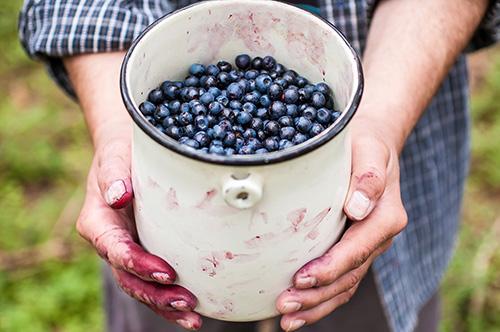
While some people harvest leaves too, your focus is the berries or fruit. Harvest time is in the mid to late summer. This plant has no thorns, it doesn’t get too tall, and the fruit hangs from stalks. All these factors mean that picking fruit is easy.
If the berries are ripe, a gentle twist is all that’s needed to pick them. The only challenges are (a) not to damage these soft berries and (b) not to eat more than you take back to your kitchen!
What Bilberry is Good For And The Natural Remedies Made From it
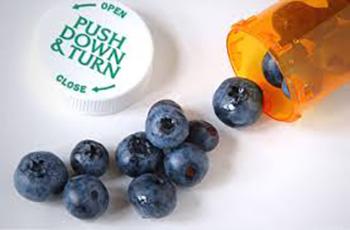
These little berries offer big health-giving compounds:
- Vitamins A and C
- Anthocyanosides
- Stilbenes: Reserveratrol, Pterostilbene, and Piceattanal
These various compounds aid in combatting various conditions or symptoms of illnesses thanks to their antioxidant action, ability to improve peripheral blood flow, boost micro-circulation, lower bad cholesterol, promote cell health, combat mild bacterial infections, and reduce inflammation. Research to date indicates that Bilberry may:
- Treating and prevent eye problems such as cataracts and macular degeneration by strengthening the capillary wall
My Favorite Herbal Remedies for the Cold and Flu Season (Learn More)
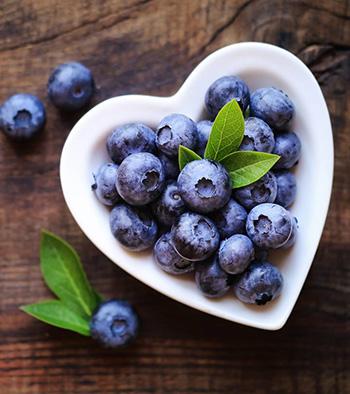
- Treat gastric issues such as mild diarrhea and inflammation of the mucus lining
- Reduce the pain and swelling associated with conditions such as arthritis, rheumatism, and gout
- Lower blood sugar levels. In addition, the reduction of cholesterol and free radicals/toxins in the body is thought to prevent or reduce the risk of heart disease, some cancers, and other long-term and chronic conditions.
It should be noted that tannins in the leaves aid with diarrhea while too much fruit will cause diarrhea!
While Bilberries can be baked into pies, included in vinegar, or turned into syrup, they are now also available in various forms aimed at specific health needs. There are teas, dried fruit, and – most popularly – an extract that is available in capsule or powder form.
What Parts of The Plant are Used in Remedies?
There are only two types of material harvested and used: the fruit or berries and the leaves. Both are used in their dried form although the berries have broader applications. The primary difference in terms of composition is that the leaves are higher in tannins.
A DIY Bilberry Recipe
Outside of dishes, you can make with Bilberries (jams/ jelly, pies, etc.), the most popular DIY preparation is a decoction or tea. The reasons for the popularity of this recipe are that it has several health and wellness applications, you can use dried berries, and it is easy to make.
Ingredients
- 1 tablespoon / 10 grams of dried Bilberries
- 1 cup of filtered water.
Method
- Crush the berries using a pestle and mortar or the rounded side of a spoon
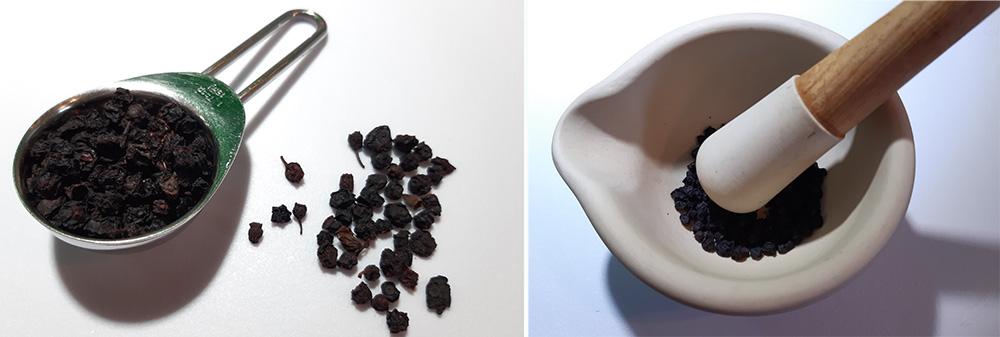
- Place the berries in a small pot
- Add the water
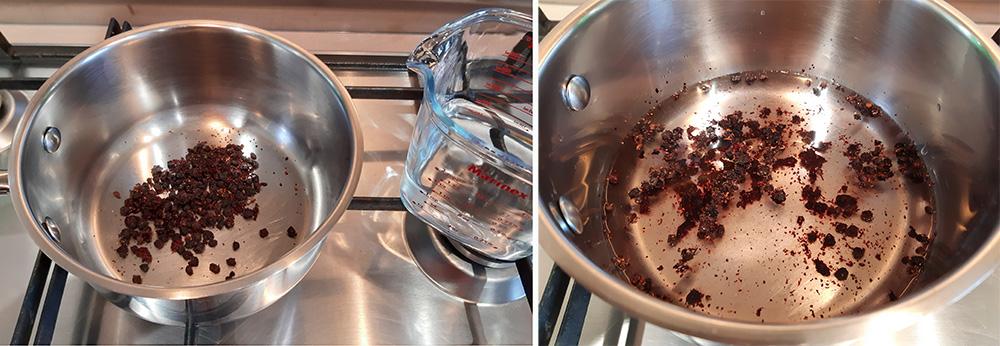
- Boil the water and berries for 10 minutes
- Strain the liquid
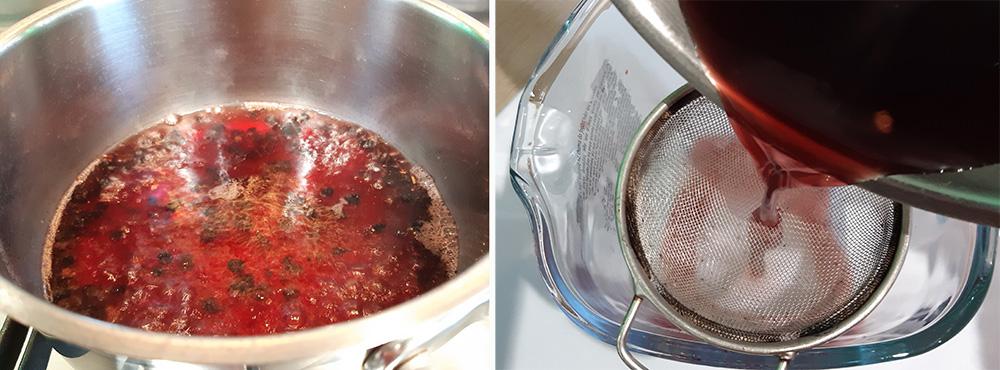
Allow cooling until it’s the right temperature to drink.
You could also use leaves in which case you would use 1 – 2 teaspoons / 1 gram in a cup of boiling water. After it has steeped, strain the tea.
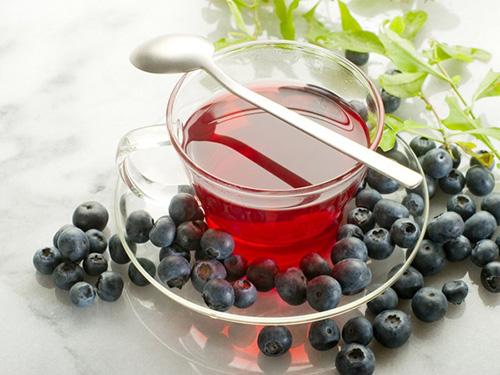
Bilberry tea specifically is touted as good for:
- Treating diarrhea in children
- Promoting eye health
- Reducing inflammation
- Easing gastrointestinal symptoms caused by inflammation
- Reducing blood sugar levels slightly.
Application
You drink this tea as you would any other fruit or herbal tea. While adding milk is not recommended, you can also create your own blend to suit your taste. Bilberry goes well with chamomile, other fruits such as cherry, citrus blends, raspberry, blueberry, or with natural teas such as white or green.
This tea can also be used, when it is cool or cold, as a mouthwash and gargle to ease inflammation and mild infections of the mouth and throat.
Dosage
The dose depends on several factors: the type of preparation, what it is used for, the individual’s age, and his / her state of health.
- Tincture: 3 – 5 drops in water twice or three times daily
- Dried berries: 3 tablespoons / 60 grams daily. Note fresh berries can cause diarrhea
- Powdered Extract: This varies depending on the percentage of anthocyanosides in the preparation
If you purchase a Bilberry remedy, you are advised to follow the manufacturer’s instructions or those of your healthcare provider.
How to Preserve And Store Berries From This Plant
If you want to have Bilberries year-round, and you are fortunate enough to be able to pick or forage for this fruit, you need to prepare and store it correctly.
Preparation
Before you start the drying process, you will need to:
- Wash the berries
- Place them on a paper towel to absorb water
- Dry them if necessary but be careful as they are soft
- Pick out any leaves and stalks
- Remove any berries that are bruised, overripe, or rotten
Some make a small hole in each berry as they believe it speeds up the drying process. This may, however, work better with firmer berries such as Blueberries.
Drying Billberries
| Sun-dry: | Oven-dry: |
| This is the most natural – and inexpensive – way to dry any kind of fruit, but it’s only possible if you live somewhere that has long hot, and preferably dry summers. | This is an option if sun-drying is not possible and you don’t own a food dehydrator. |
| The other problem is that it is a slow method that will take up to four days in ideal conditions | Oven-drying is not energy efficient as using an oven uses a lot of electricity. In addition, you must keep the oven door open a little to allow air circulation which means heat is lost and must be replaced. |
| The berries must be laid out on drying racks or screens. Metal ones should not be used as the fruit may react to them. | The berries should be spread out on a baking or cookie sheet that is lined with baking or parchment paper |
| Cover the fruit with something that will protect it from debris and birds but still allow air to circulate. | The oven should be set to 135 o Fahrenheit / 57 o The berries need to be baked for approximately 10 hours (or 200 o Fahrenheit / 93 o Celsius - 7 hours) |
| A further problem with this method is that you must check the berries often to ensure they are not burning or becoming too hard. |
Only store the berries when they are 100% dry and they have cooled down to room temperature. Use airtight containers, preferably glass ones. Place the sealed, labeled containers in a dark and cool place because this will extend their shelf-life. If you later wish to rehydrate berries, soak them in freshwater for up to half an hour.
What Plant Resembles Bilberry?
Bilberries and Blueberries are often confused, so comparing them can help to both remove this confusion and help you identify Bilberry.
| Feature | Bilberry | Blueberry |
| Size | Small shrub | Can reach 8 feet / 2 ½ meters |
| Leaves | Oval, bright green, waxy, sharp edged | Green / blueish green, pointed, oval |
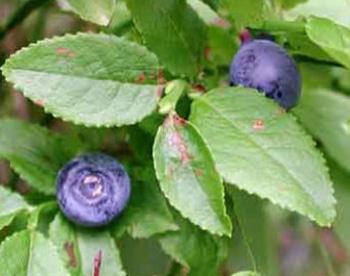 |
 | |
| Flowers | Small, bell-shaped, pink to white, single | Teardrop to bell-shaped, white or pink, clusters of 5 -10 blooms |
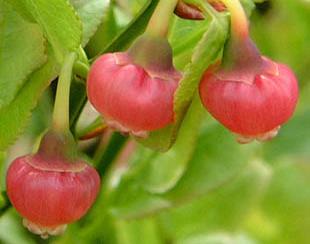 |
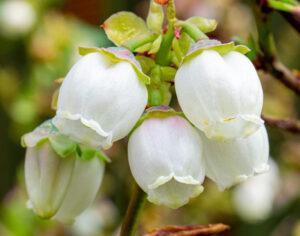 | |
| Fruit | ||
| · Color· Shape· Taste· Growth pattern· Other | · Purple or crimson· Spherical· Tart· Single fruit on stalk· Minimal furled edge· Soft fruit that stains fingers | · Blue / dark purple· Oval· Sweet or slightly tart· Bunches of berries· Pronounced furled edge· Firm fruit |
 |
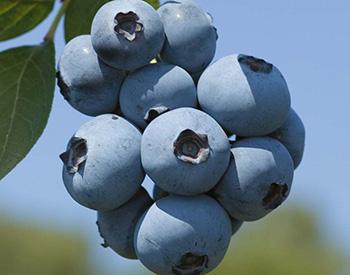 |
Fortunately, this berry look-alike is not toxic. However, confusing them may lead to incorrect use and less effective – or unintended – health uses.
Warning and Cautions
Although there is not a large body of research on the use and safety of Bilberry, it is considered safe to use for most people. There are, though, some individuals who need to exercise caution.
In terms of general cautions:
- If you experience any negative or allergic reaction, stop taking Bilberry immediately.
- Bilberry leaf extract should not be used for an extended period because of the high tannin levels which can become highly toxic.
- Bilberry is costly but avoids buying cheaper versions if there is any doubt about the quality. It’s unlikely to harm you but you are also unlikely to obtain full benefits.
Finally, as with any remedy – including natural and plant-based ones – err on the side of caution. Check to see if Bilberry will be a good option for you, especially if you have an existing medical condition or are on medication. If you are at all unsure, consult your healthcare provider before using Bilberry.
15 Things You Could Forage in Winter
10 Things Cowboys Carried with Them in the Wild West to Survive (Video)
How to Tell the Difference Between Bittersweet Nightshade and Deadly Nightshade

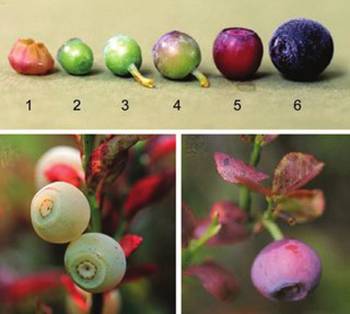 Fruit: The spherical fruit or berries are deep purple, even crimson, and are ripe in later summer.
Fruit: The spherical fruit or berries are deep purple, even crimson, and are ripe in later summer. 
Headsup editor! In the Bilberry and Blueberry comparison chart, the Bilberry Leaves Field reads the same as the Size Field in the Blueberry. Fan of your work, so just pointing this out to be helpful so it can be fixed for others. Thanks.
Hi Mike,
Thank you so much for letting us know about the mistake.
We made the appropriate changes.
God bless!
The wild Black Huckleberry here in Northern California, looks strikingly like the Bilberry picture in your Lost Herbs article. Are there other characteristics that you could use to differentiate between the two?
Rethinking my attempt to identify between the wild Black Huckleberry and the Bilberry plants. The Black Huckleberry leaves are similar in shape to the Bilberry, but are more glossy, slightly thicker. The heights in the plants, doesn’t help me much. I see Black Huckleberry plants in varying situations, and the size of the plant can vary greatly while producing a similar amount of berries.
Very instructed. Will keep info for I am forgetful.
Great article. Most enjoyable. I would however like to know your opinion on trying to grow Bilberry in Alabama. Our weather here has changed greatly in my lifetime of 66 yrs. Now we have pretty warm winters with very hot humid summer’s. We have lovely, tall, Blueberry “trees” here and usually have a huge crop every year. Could we successfully add Bilberries?
Hi Melba,
If you are already growing Blueberries, Bilberry should grow there just fine.
God bless!
I think these berries grow in Ireland , they can be found in bogland and hilly areas .